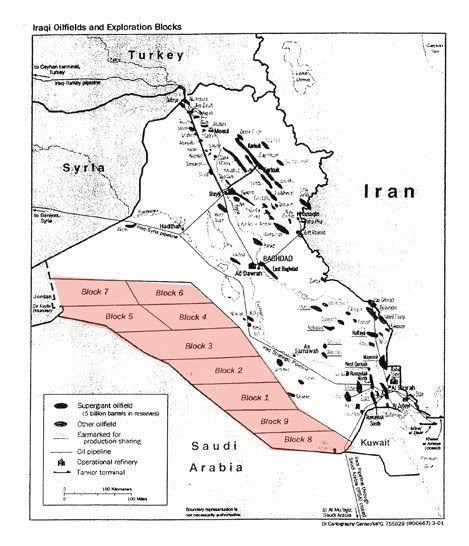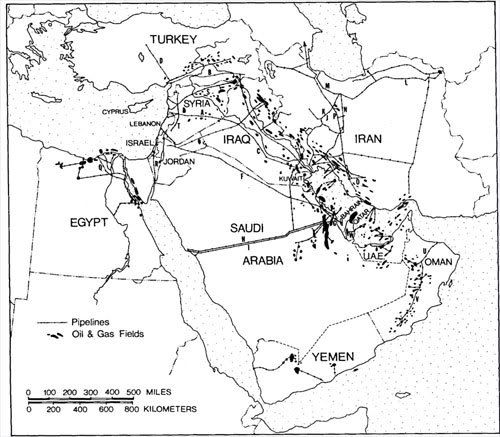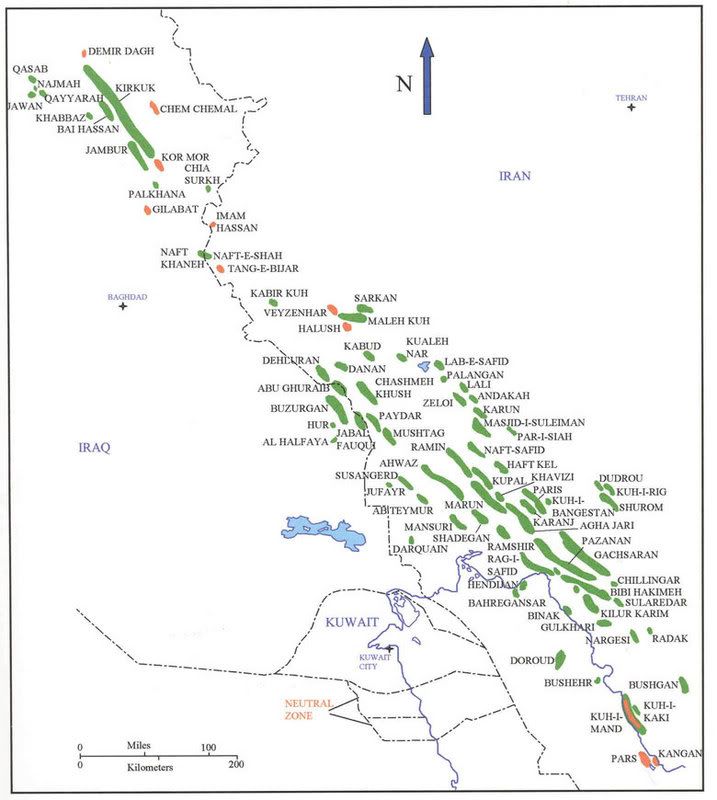So much hand waving, those are EIA numbers.TallDave wrote:
Look at the source for that graph; they're a peak oil study group; it's not very reliable.
But a working Polywell means the equivalent of what? 80Mbpd in 2030? compared to what ...1.5Mbpd for Jack. Thats a stupid comparison.TallDave wrote:No one's ever built a working fusion reactor either.And drilling 28k ft, like at Jack, thru a mile of ocean has never been done before
Polywell's upside is colonizing the solar system.
Back to the EIA
http://www.eia.doe.gov/oiaf/servicerpt/ ... sults.html
Thats what you get from KIC#1, drilled in 1985, results never made public.ANWR Production Uncertainties
There is much uncertainty regarding the impact of opening ANWR on U.S. oil production and imports, due to several factors:
* The size of the underlying resource base. There is little direct knowledge regarding the petroleum geology of the ANWR region. The USGS oil resource estimates are based largely on the oil productivity of geologic formations that exist in the neighboring State lands and which continue into ANWR. Consequently, there is considerable uncertainty regarding both the size and quality of the oil resources that exist in ANWR. Thus, the potential ultimate oil recovery and potential yearly production are highly uncertain.
* Oil field sizes. The size of the oil fields found in ANWR is one factor that will determine the rate at which ANWR oil resources are developed and produced. If the reservoirs are larger than expected, then production would be greater in the 2018 through 2025 timeframe. Similarly, if the reservoirs are smaller than expected, then production would be less.
* The quality of the oil and the characteristics of the oil reservoirs. Oil field production rates are also determined by the quality of oil found, e.g., viscosity and paraffin content, and the field’s reservoir characteristics, i.e., its depth, permeability, faulting, and water saturation. This analysis assumes oil quality and reservoir characteristics similar to those associated with the Prudhoe Bay field. If, for example, the oil discovered in ANWR has a considerably higher viscosity than the Prudhoe Bay field oil, e.g., over 10,000 centipoise, then oil production rates would be lower than projected in this analysis.
http://www.csa.com/discoveryguides/ern/01aug/arctic.php
Remember Badami ? Turned out to be a a fragmented field, with heavy oil
http://www.google.com/search?hl=en&clie ... il&spell=1
And Badami is what 30 miles from ANWAR ? Low porosity and heavy oil means low production.



